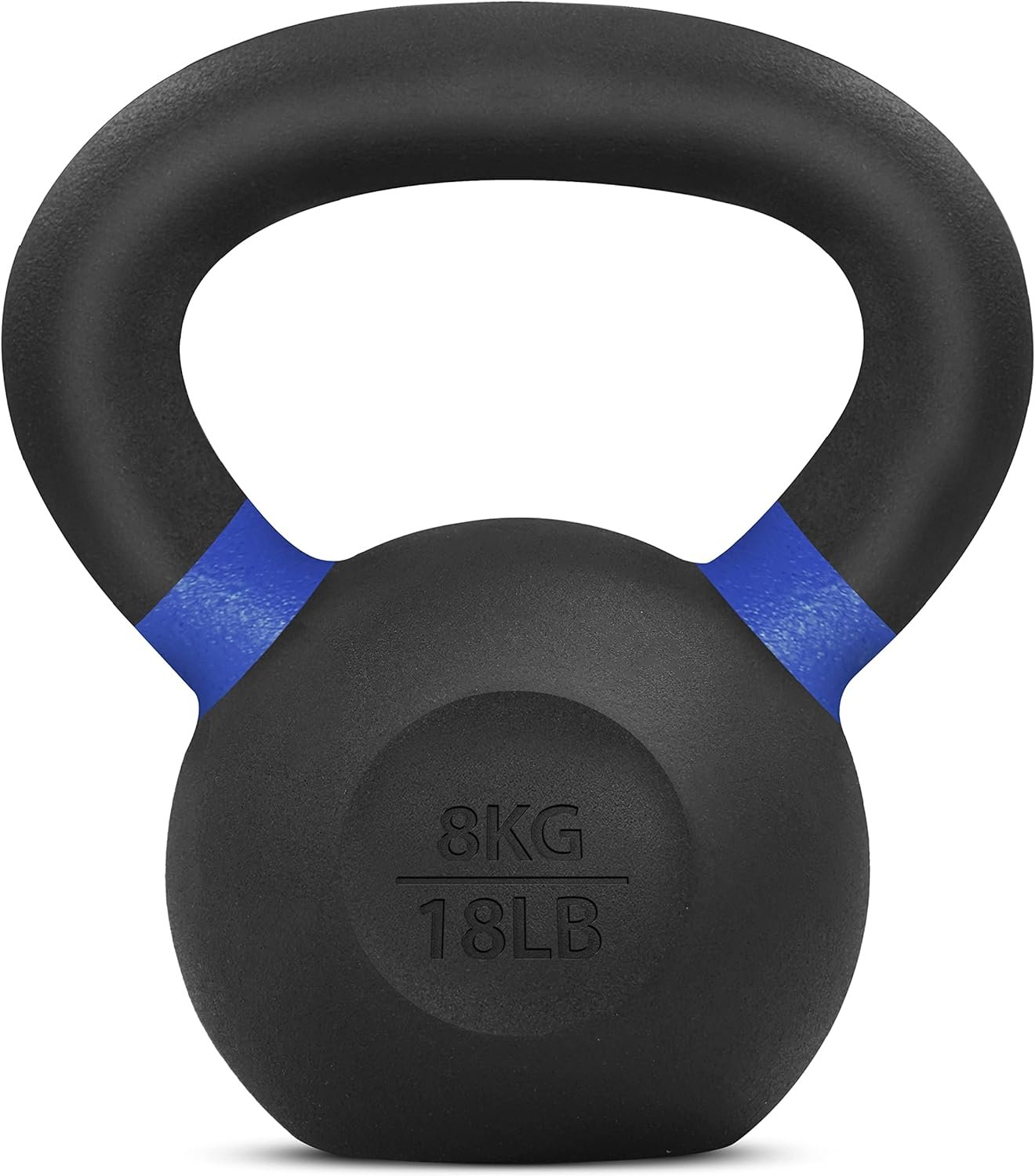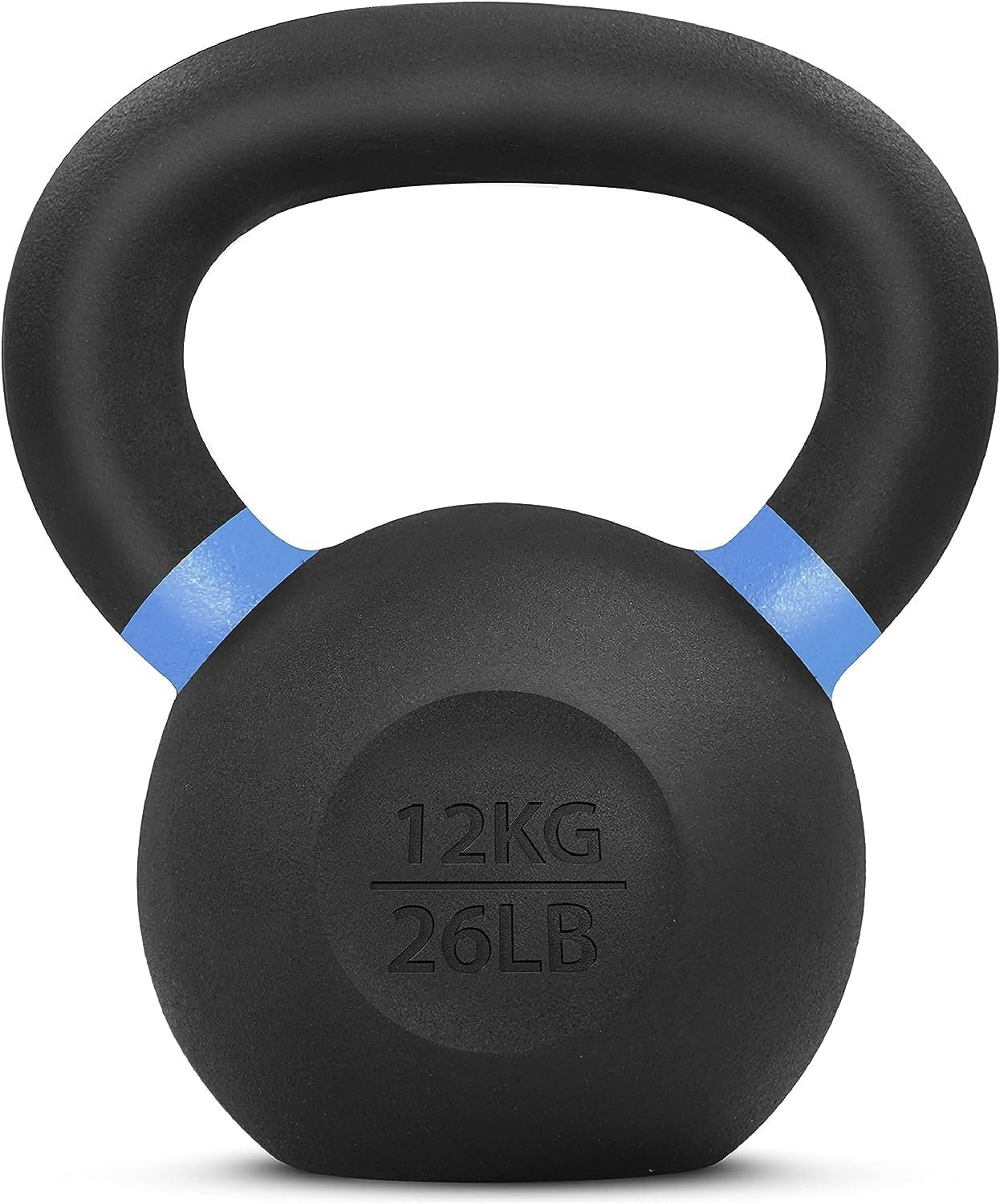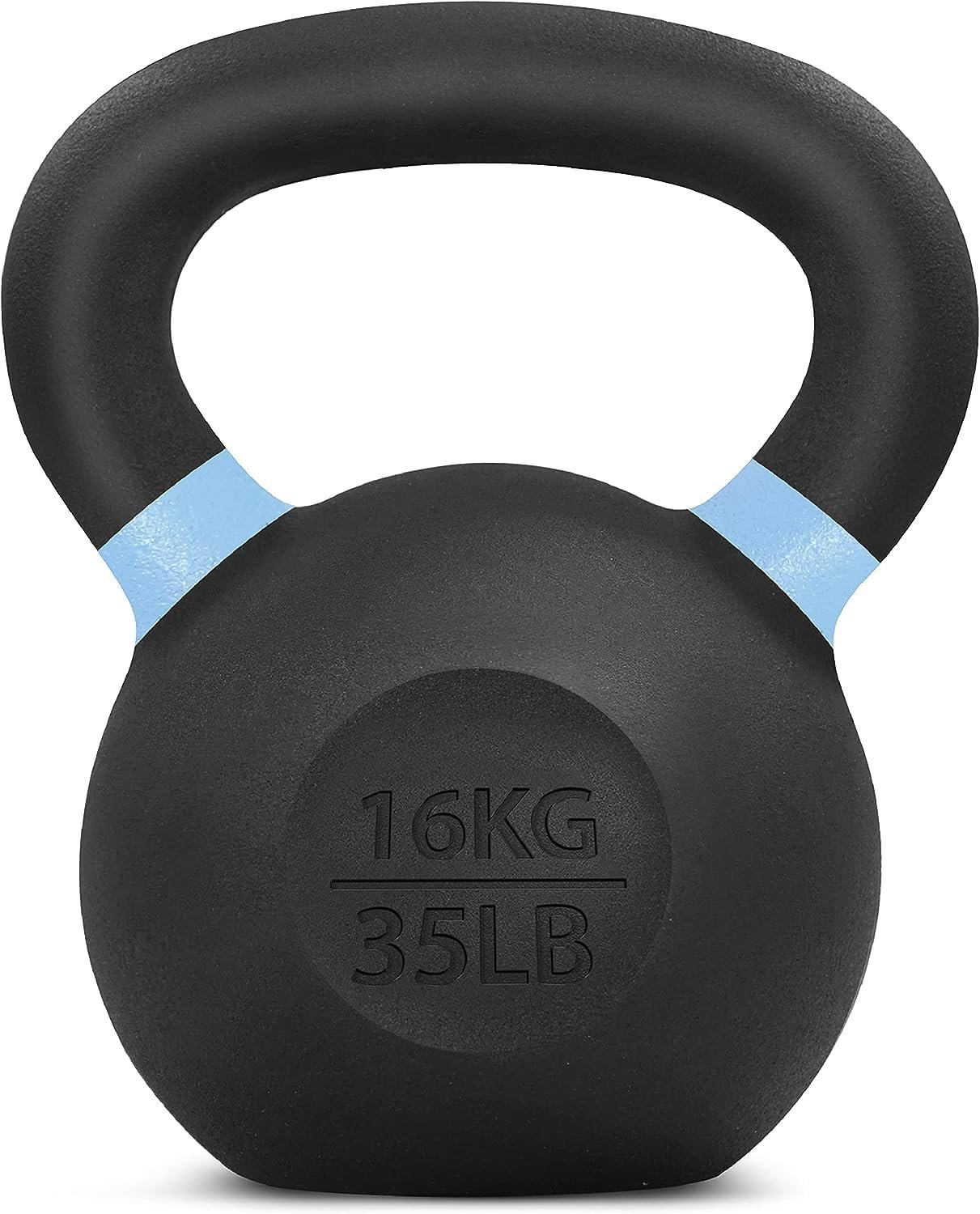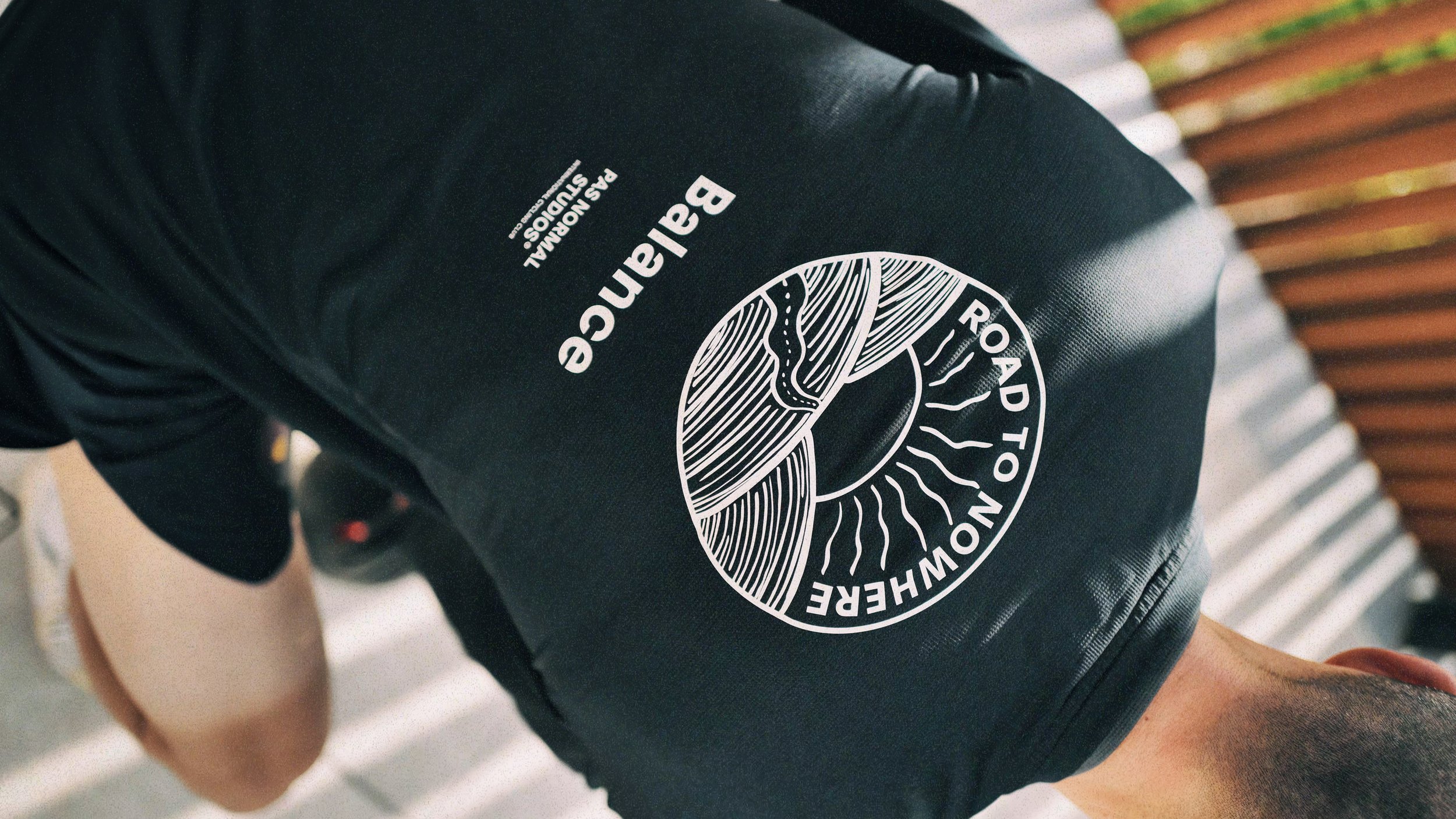Why The Turkish Get-up Is A Game-changer In Your Cycling Strength Training Routine
Welcome back to this series on the topic strength and mobility training for cyclists. Following Valeriy's insightful exploration of kettlebell swings and its benefits for cyclists, in this post, he will share another transformative exercise with you that promises to revolutionize your ride.
In case you’re completely new around here, let me reintroduce Valeriy Ponomarov. Not only is he a passionate fellow cyclist, but he's also a seasoned personal trainer whose expertise bridges the gap between fitness and cycling in ways that will significantly impact your riding comfort.
In this post Valeriy will talk about the “Turkish Get Up”. Perhaps a lesser-known exercise in cycling circles, yet one teeming with the potential to boost your performance, prevent injuries, and strengthen the crucial body-bike connection. Go ahead, and read on to learn about Valeriy’s practical tips and insightful advice on integrating this Turkish Get Up exercise into your cycling routine, to enjoy riding your bike as smoothly and comfortably as possible!
photo by Timo Mudge
Exploring the Turkish Get-Up
The Turkish get-up is a real functional exercise that takes you from lying on the floor to standing up, all while you’re holding a kettlebell overhead.
It might sound super simple but don't be misled. It's quite a complex movement that brings into play many different movement patterns and skills.
Why's it called the Turkish get-up? It’s believed to have started in Turkey, where ancient Turkish soldiers used it as a part of their strength training.
The Benefits of Turkish Get-Ups
Turkish get-ups are great for cyclists as they enhance how your body moves as a whole. This exercise lays down a solid base of functional strength and stability, beneficial for any athlete. By engaging in a broad range of movements, this exercise not only strengthens your joints and muscles, it also teaches your hips and shoulders to work together, transforming your body into a well-coordinated unit.
photo by Timo Mudge
Mastering the Turkish Get-Up with a Step-by-Step Guide
Start by lying flat on your back, either on the floor or a mat. Grip a kettlebell or dumbbell in one hand, extending your arm straight towards the ceiling. Then follow these steps carefully…
Bend the knee on the side holding the weight, placing your foot flat on the floor. The leg on the other side should remain straight, extended out on the floor.
Focus your gaze on the weight. As you press it upward, roll onto the elbow of your opposite arm. Keep the weight arm extended and ensure your shoulder is packed, meaning it's pressed down firmly and stabilized.
Pushing off with your elbow, raise your torso off the ground to rest on your opposite hand, still keeping your eyes on the weight.
Drive through the foot that's flat on the ground to lift your hips into a seated position, balancing the weight on your hand and keeping the other arm with the weight fully extended overhead.
Bridge your hips upwards and pull back the supporting hand to raise your torso. Your body should form a straight line from head to hips, elevated off the ground.
Sweep the extended leg back, tucking it under your body to move into a kneeling position. Your weight is now supported by your foot on the ground and your hand.
To complete the movement, rise to stand fully, maintaining the weight overhead throughout. Carefully reverse the steps to return to your starting position on the floor.
Perform the desired number of repetitions on this side, then switch the weight to your other hand and repeat the process.
Finding Your Ideal Weight for Turkish Get-Up Exercises
Before diving into Turkish get-ups with added weight, it's crucial to master the movement without any weight! This ensures you’re proficient in the movement’s basics.
A great way to test your readiness is to pass the "shoe test." This unique test involves placing a shoe on top of your fist—without holding it—as if it were a kettlebell. The goal is to perform the Turkish get-up with the shoe perfectly balanced on your fist. If the shoe falls, you start over. Interestingly, the older and smellier the shoe, the better, as it adds a touch of humor and challenge to the test.
After you've successfully passed the shoe test, it's time to add weight:
For women, starting with an 8 kg kettlebell is advisable, with the aim to confidently progress to handling a 16 kg kettlebell.
For men, the starting point should ideally be 16 kg, although starting with 12 kg is also acceptable if that's what you have available or if you’re new to kettlebell training.
CHOOSING THE RIGHT KETTLEBELL
When buying your kettlebells, the shape is far more important than the brand. A good reference point is the design of the ones below. If you find a kettlebell that mirrors the shape of those, you're on the right track. Regardless of the brand.
COMBINING WEIGHTS FOR COST-EFFECTIVENESS
Kettlebells can be pricey, and shipping costs often add a significant amount to your total investment. To get the most value for your money, consider ordering a set of kettlebells that offer a good range for progressing in your training while saving on shipping costs.
CONVENIENT ONLINE SHOPPING
To make it easier for you to buy the right ones, below you’ll find links (just click the image) to specific kettlebells on Amazon. These selections align with the ideal shape and quality I recommend.
Final Thoughts
The Turkish get-up is known for its complexity, making it a challenging exercise to master. However, don't let this discourage you. The benefits it brings to your overall strength, stability, and cycling performance are well worth the effort.
FAQ’s
What common mistakes should I avoid when performing Turkish Get-Ups for the first time?
The Turkish Get-Up (TGU) is a complex and challenging movement, so it's essential to approach it with patience. Don't expect to master it overnight. Each step of the TGU is a distinct position, akin to transitioning between yoga poses. It's beneficial to view your sessions as a practice rather than a traditional "workout." There's no need to push yourself to exhaustion or aim to end each session drenched in sweat to gain strength. In fact, it's quite the opposite. Consistency will always triumph over intensity, so take it one step at a time. I promise, if you keep at it, the results will not only surprise but also impress you.Can Turkish Get-Ups help with specific cycling-related injuries or rehabilitation?
While I'm neither a doctor nor a physiotherapist and can't offer medical advice, the Turkish Get-Up has been known to work wonders. Many have reported healed shoulder injuries, alleviated back pain, and improved posture, among other significant benefits.How often should I perform Turkish Get-Ups for optimal cycling performance?
Aiming for a total of 10 repetitions (5 per side) strikes the perfect balance. Combine this with 100 kettlebell swings, and you've got a comprehensive workout that's hard to surpass in both efficiency and benefits. Stay tuned, as I’ll be delving deeper into this in our next article.
photo by Timo Mudge
other questions?
We’d love to hear about your experiences when you get to it! Feel encouraged to drop a comment below and share your progress, challenges, or any insights you've gathered. That’s not only nice feedback, it can also be of help to others!
And please know that, if you're looking for personalized guidance or have any queries, you should hit Valeriy an email or look him up and get in touch on Instagram. He’s always eager to help fellow cyclists enhance their fitness journey!




